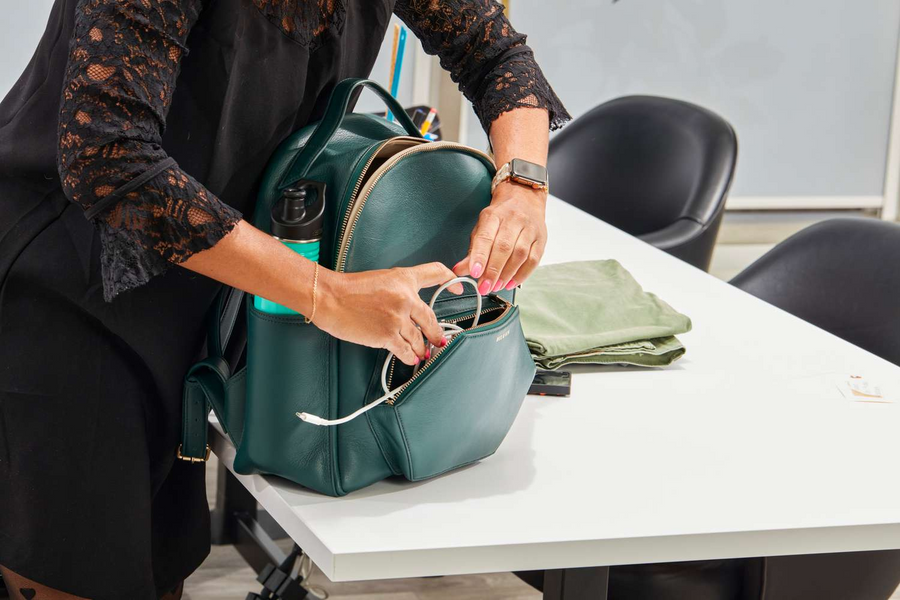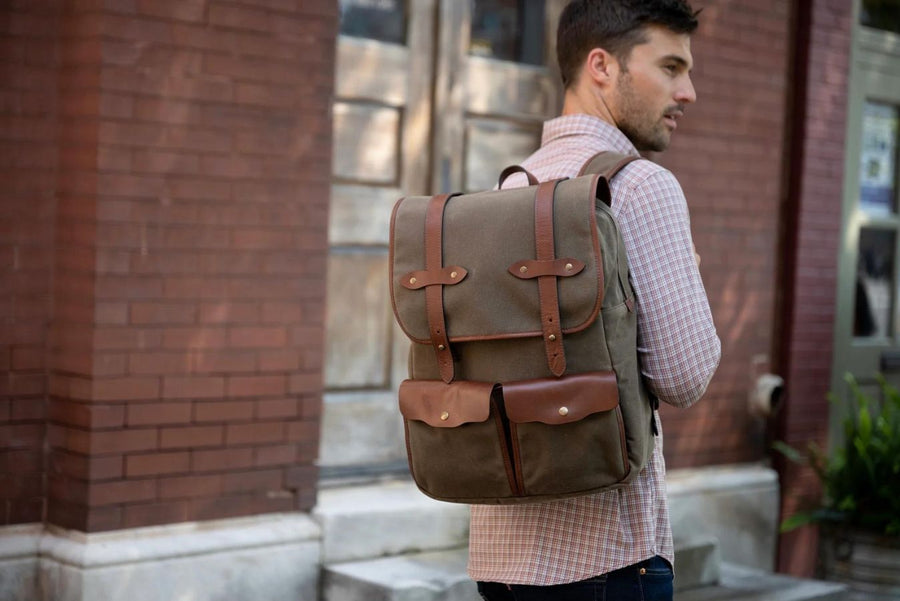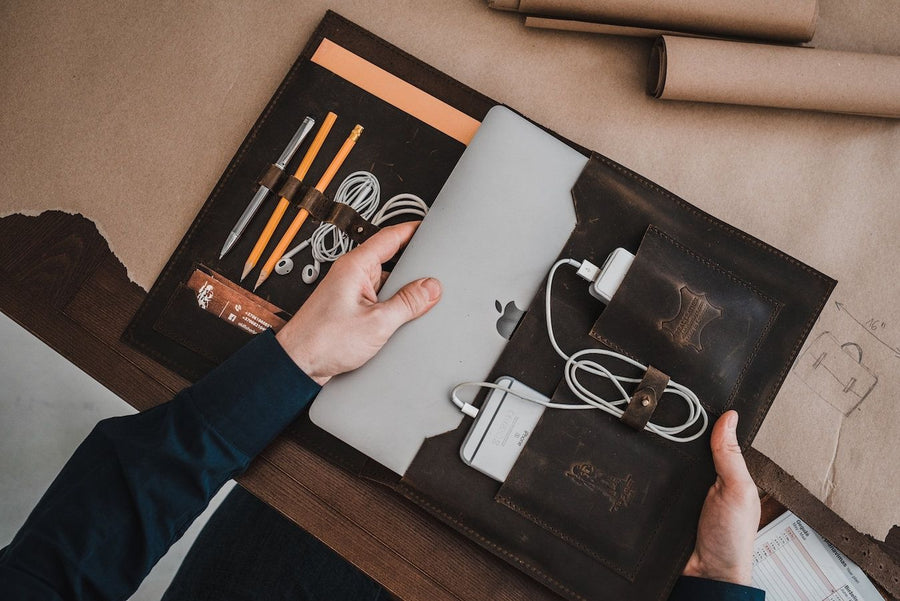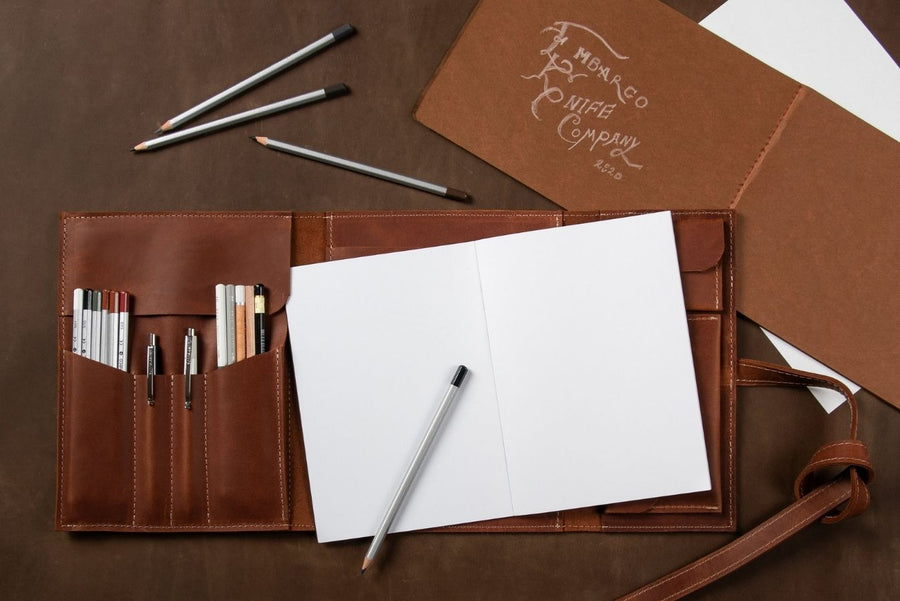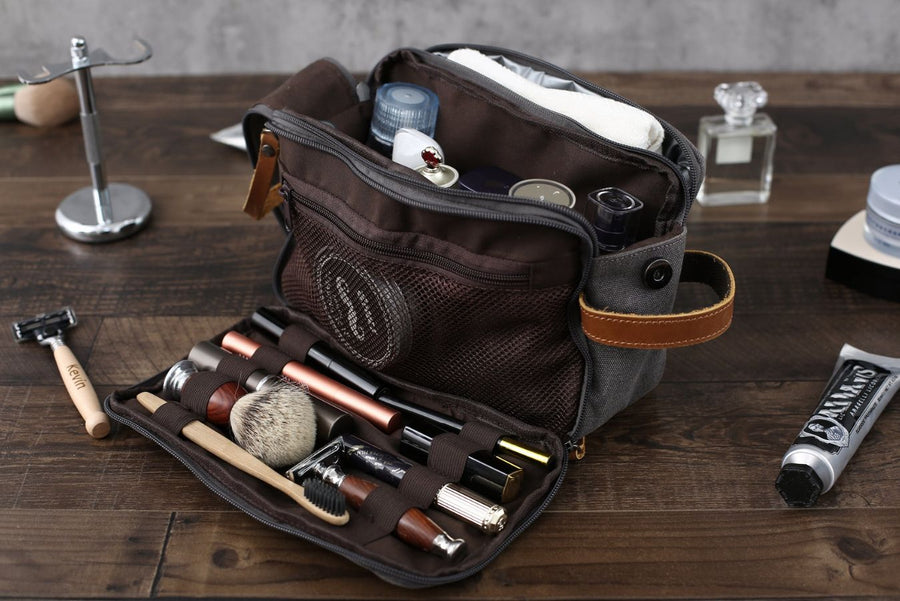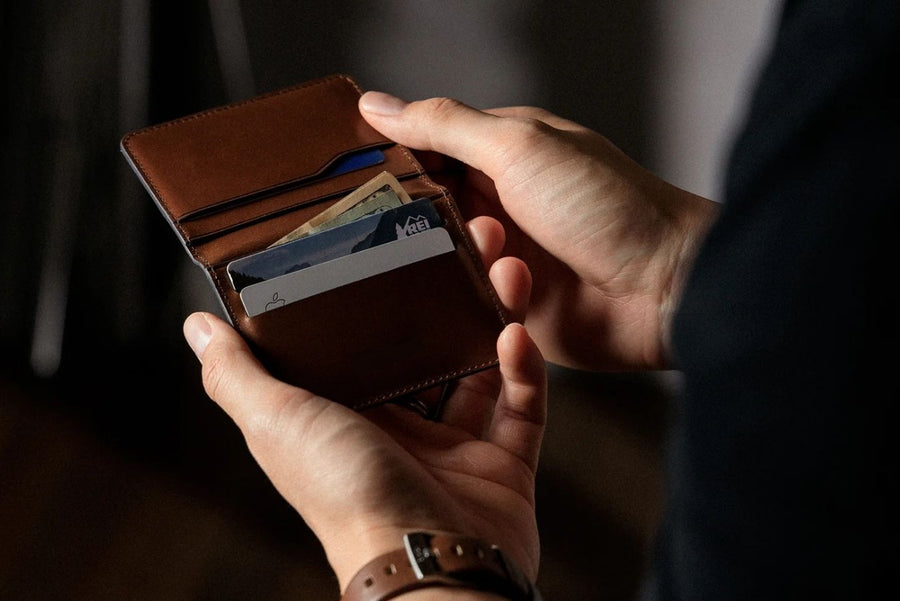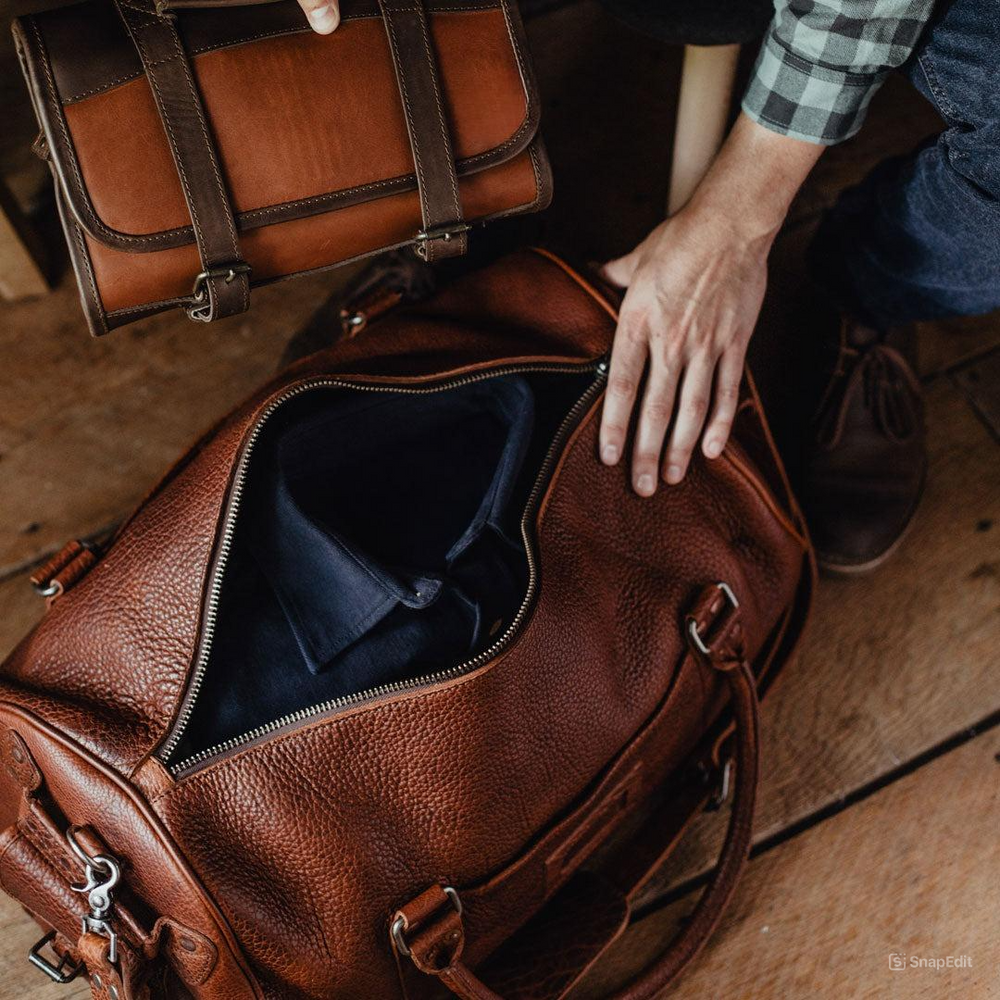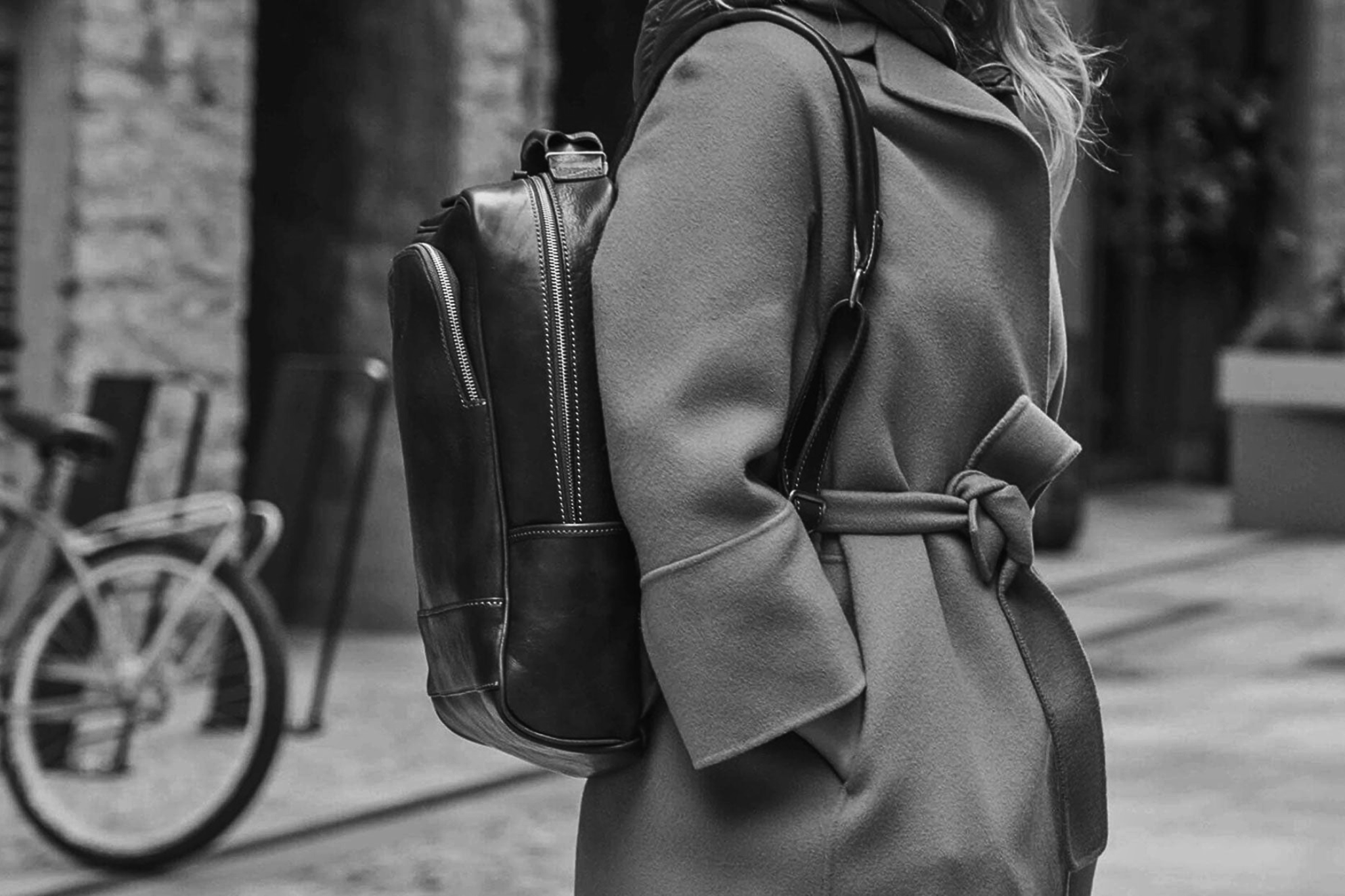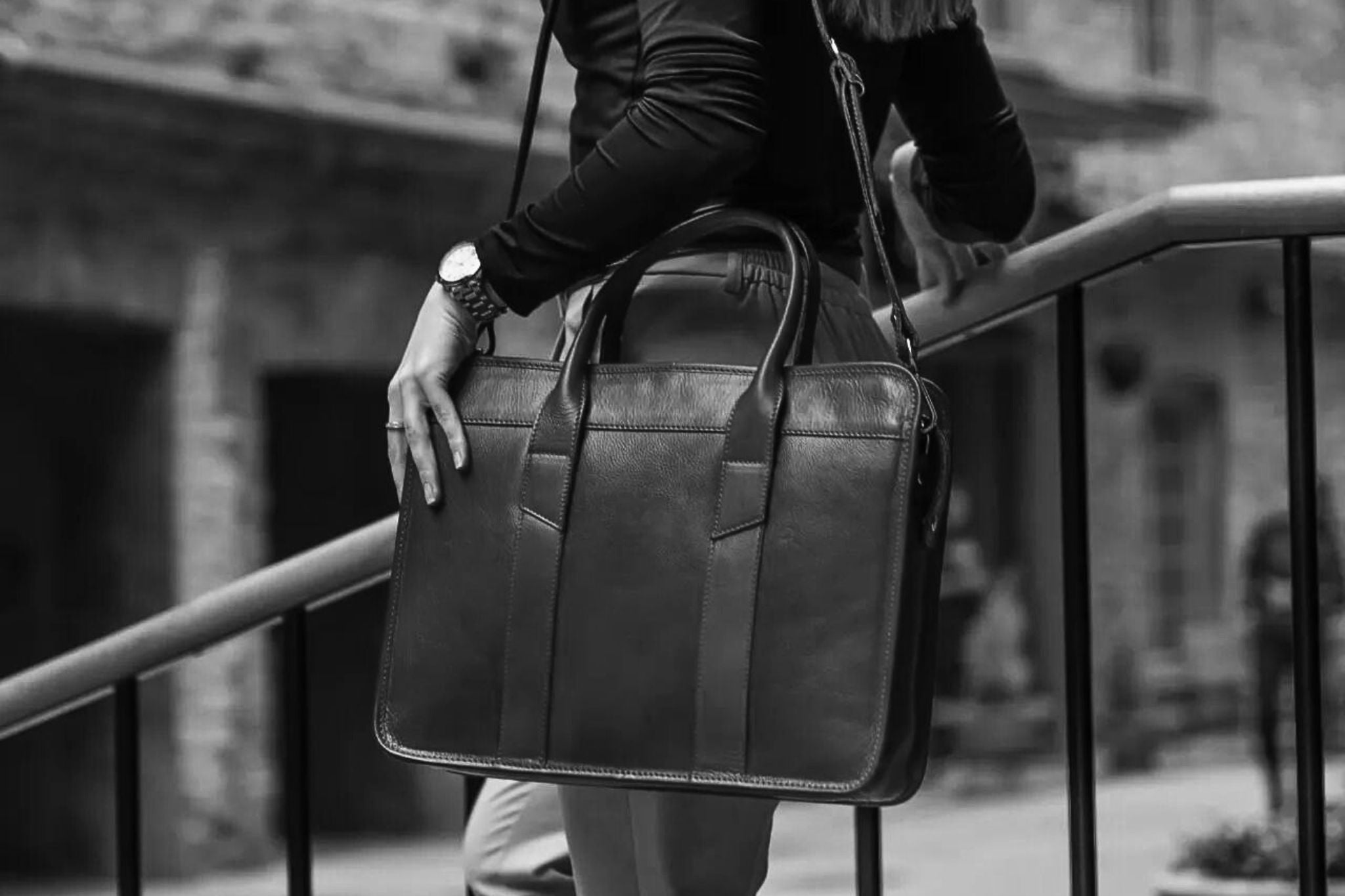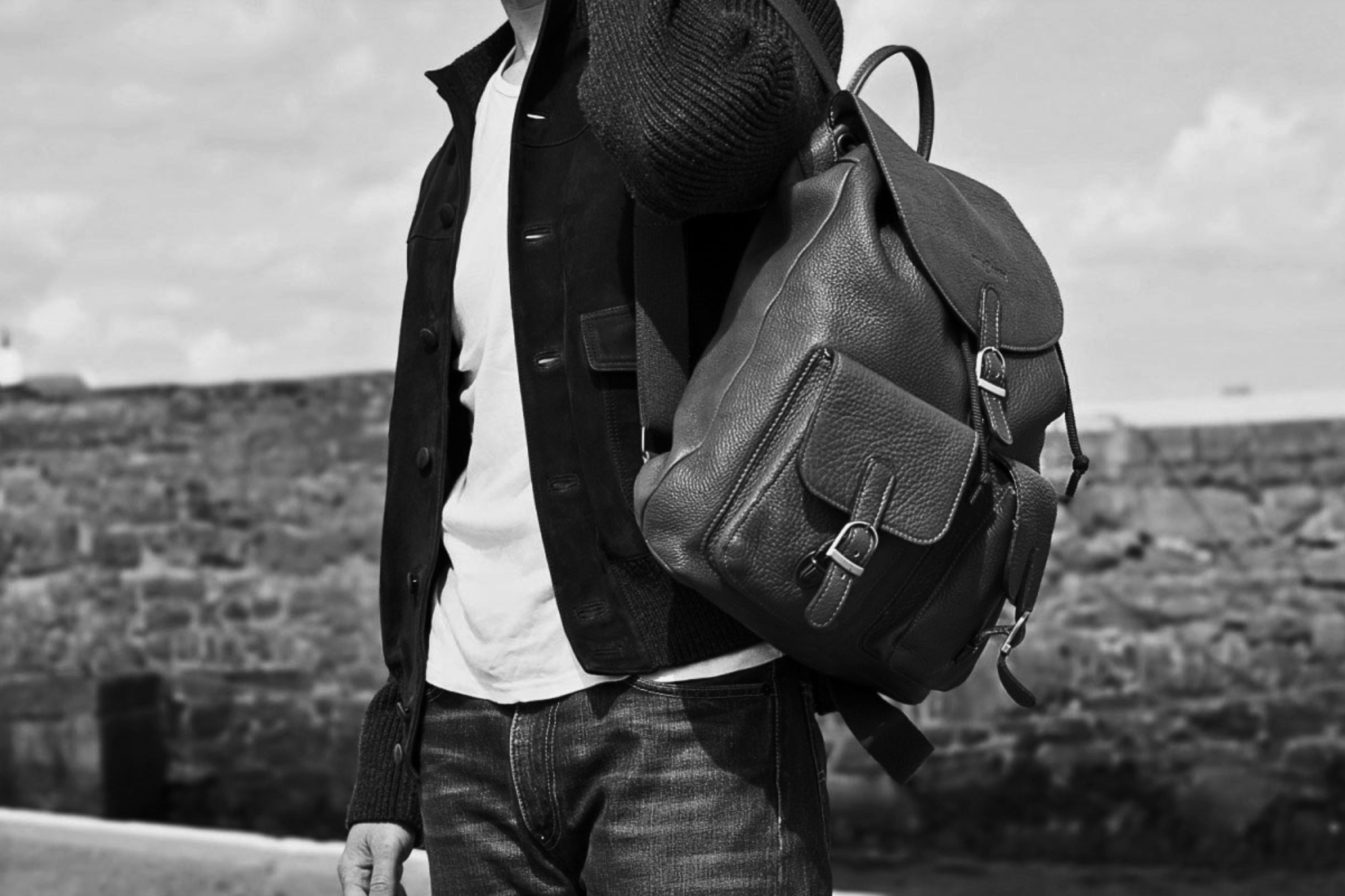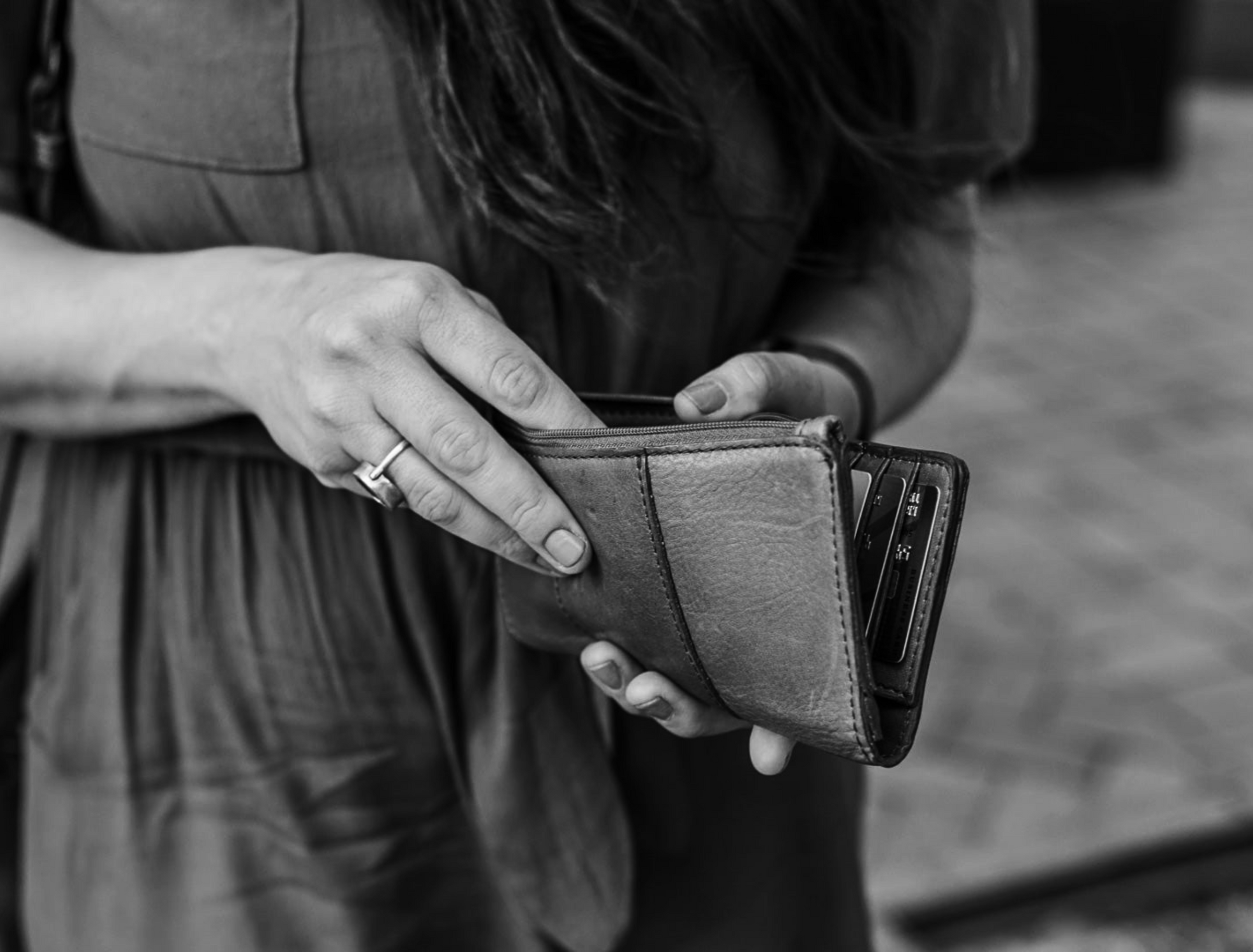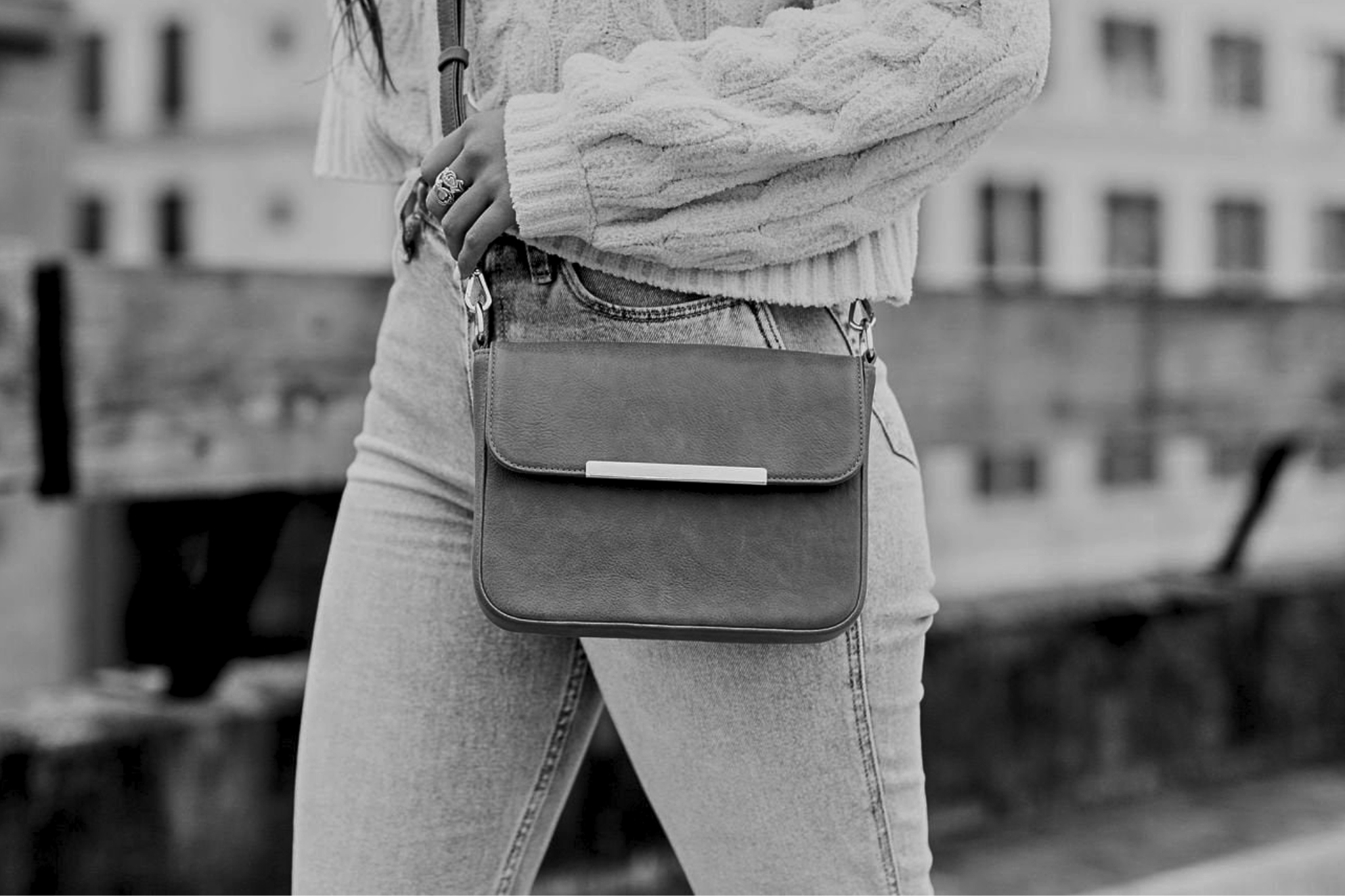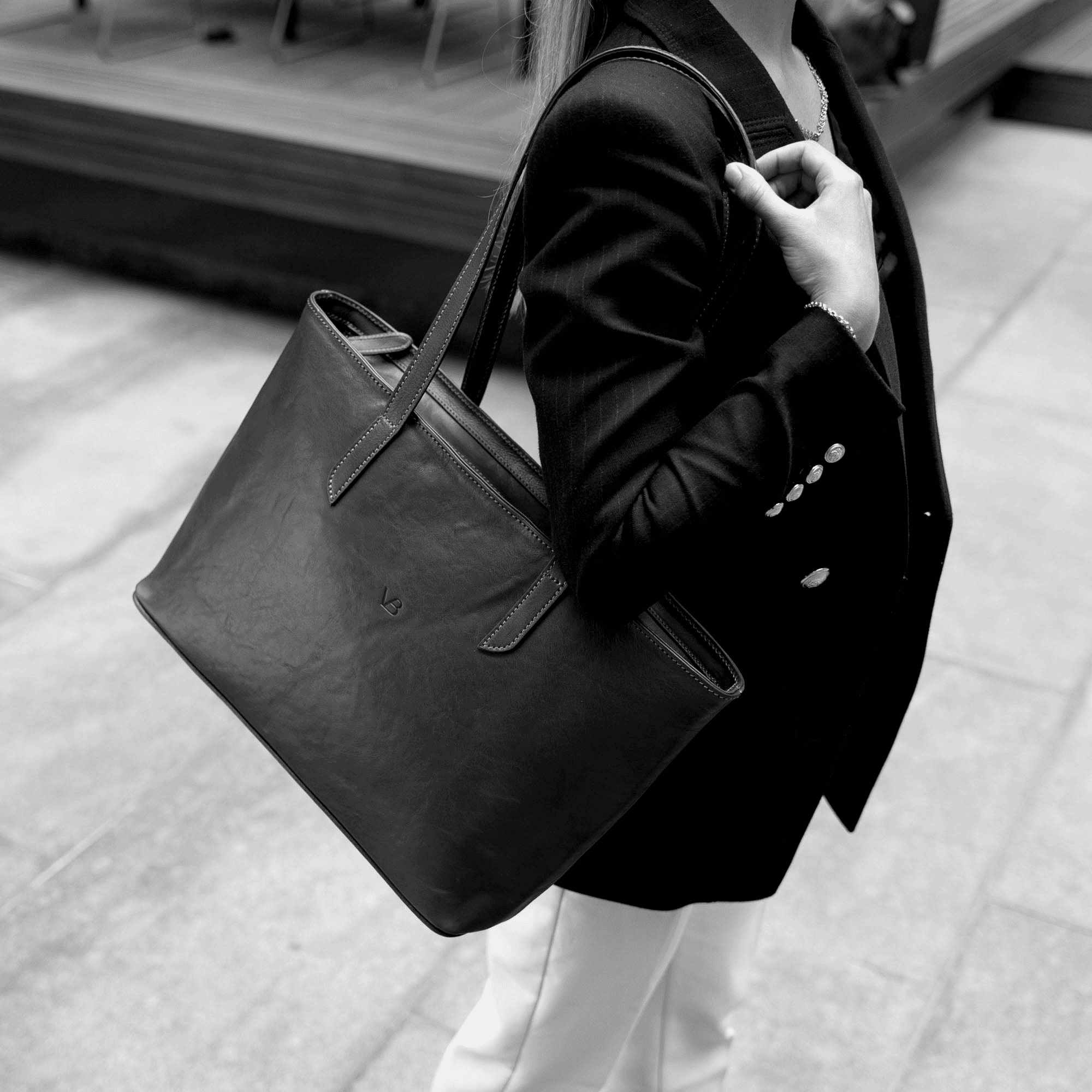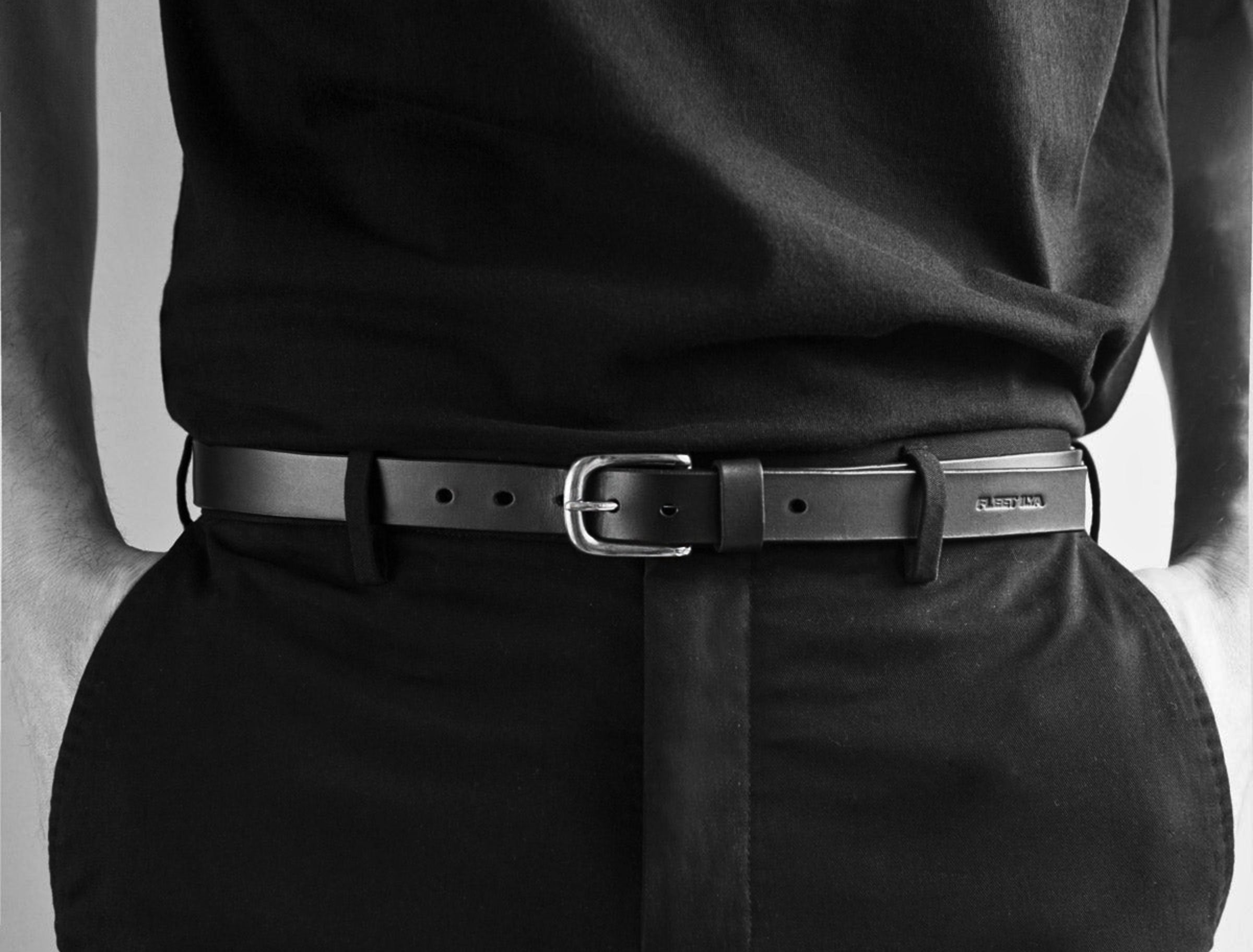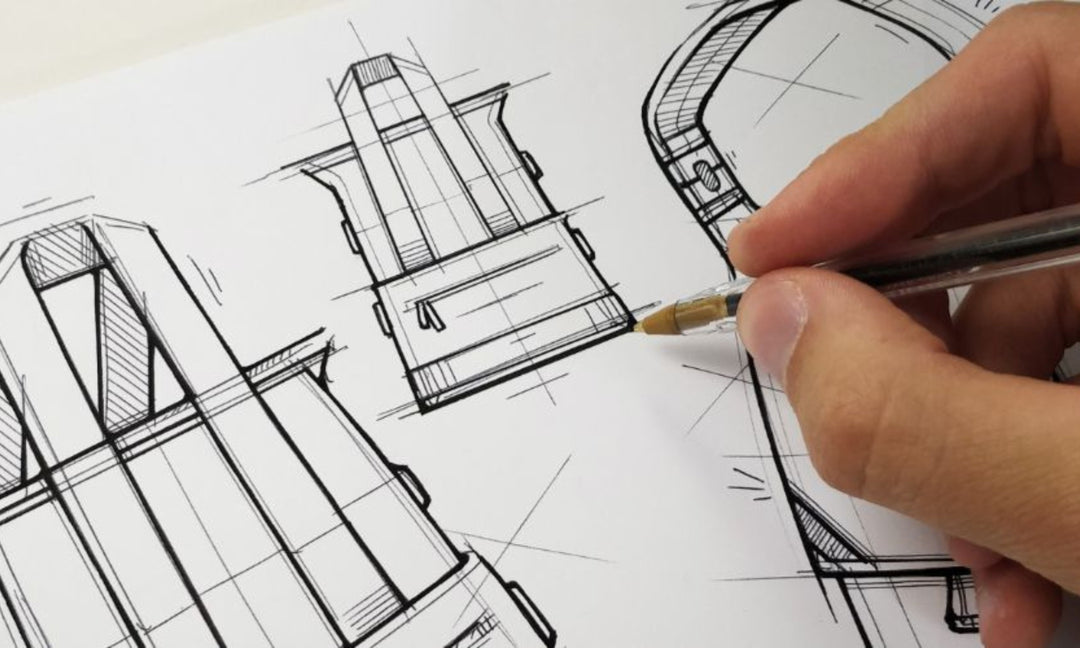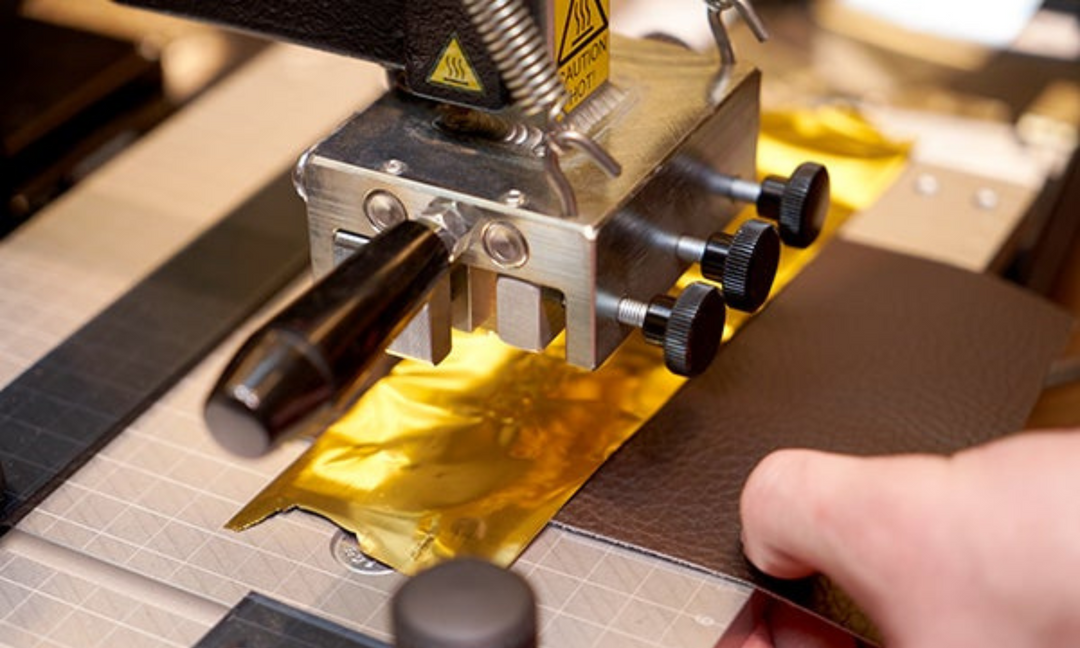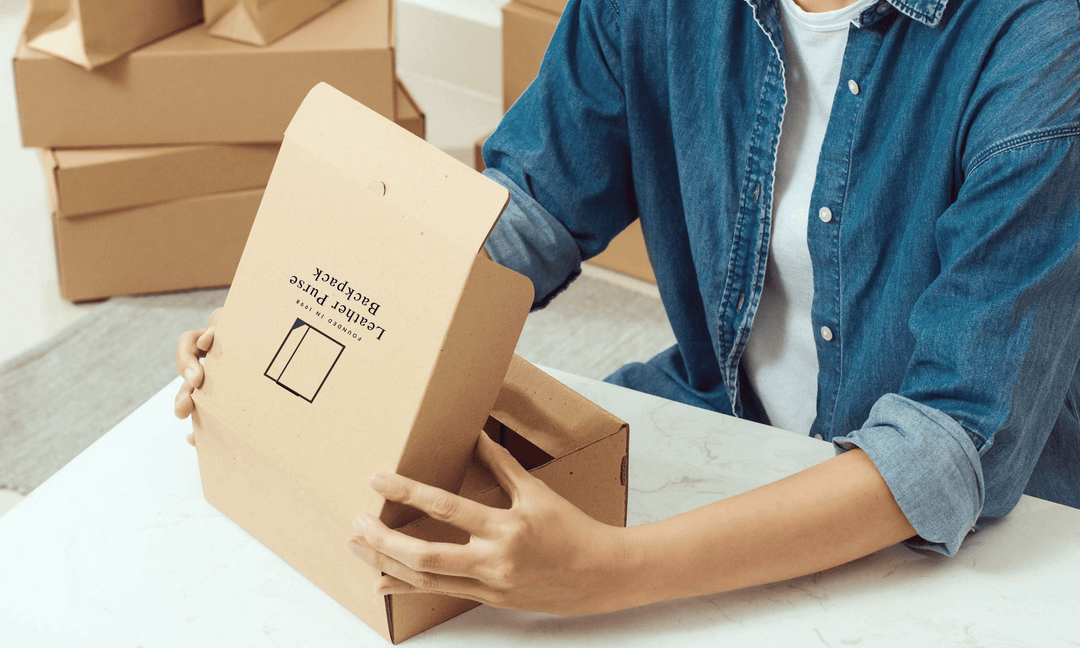Why leather? Benefits of leather
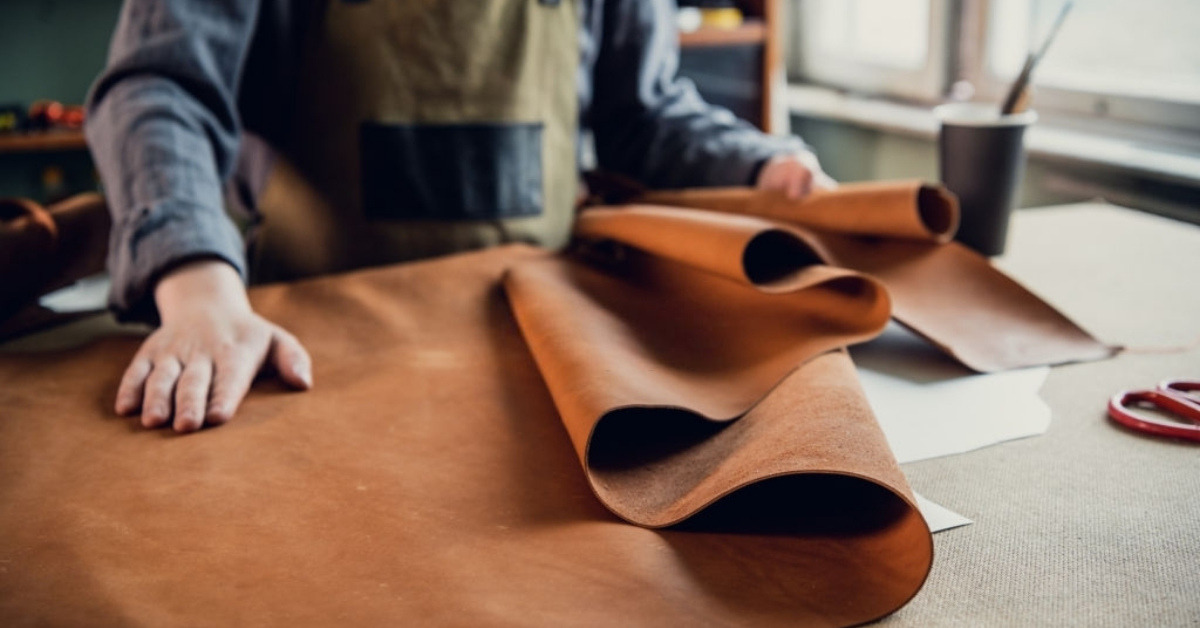

There are different materials used for manufacture of bags, purses, shoes etc. But one of the most often used is leather. And there are many reasons "why leather?"
Why leather? Benefits of leather
Human beings have been using leather many centuries ago. Skins which protected animals have been used down through the centuries to provide humans with protection from the weather in the form of a second skin. It is hard to imagine how we could have survived freezing winter conditions without the protection of animal hides. As human civilization became more sophisticated so did the techniques for the preparation of leather and more and more uses were found for this incredibly versatile material. Today, less than one per cent of leather production comes from animals reared exclusively for their hides. Leather production is a by-product of the meat industry.
Good leather ages well and lasts
Well made leather lasts a long time and unlike most man-made, or synthetic materials it gets better with age, acquiring a depth of patina and wear pattern that is individual to the user - much like a favorite pair of jeans. As we mindfully look for ways to lower or consumption, leather very much fits with the ethos of ‘buy less, buy better’. Investing in quality leather products, is investing for the future.
Leather is easy to repair and maintain
The journey towards sustainability starts with products that can be repaired for longevity of use. Leather needs very little in the way of life-time maintenance and it easy to do at home, it does not draw heavily on resources for laundering and drying for example and we increasingly see the revival of artisan skills/offering repair services for treasured leather goods.
Leather and leather by-products can be recycled
Leather trimmings from the manufacturing process can be repurposed as stuffing, (into boxing punch bags for example) or combined with other materials to make composite products such as leatherboard, which is used for insoles and heel inserts in footwear. Leather at end of life can be ground down to use in this way tpp. At the very end of its life leather will biodegrade, depending on type in between 10 & 50 years. We see leather trims being creatively incorporated into wall coverings, plus more and more companies are recycling the leather component from footwear and leathergoods into something new.
Leather has many varied end uses
The skills of the leather makers take the same basic raw material and turn it into a many different ‘fabrics’ with different qualities and benefits. Leather can be engineered to be durable enough for furniture yet soft enough for comfort footwear. It will make the finest dress gloves or protective, abrasion resistant motorcycling gloves. Leather makes the most supple of jackets or the firmest of walking boots.
Leather is naturally beautiful
Leather has a natural beauty that, unlike many materials, improves with age. Although every hide or skin is different, leather manufacturers work to bring out its best qualities, whether that’s a completely aniline or ‘naked’ appearance to one that is expertly finished to combine durability and easy care.
The handle of leather adds luxury
Leather has long been a component of luxury goods, from covetable handbags to footwear and clothing. It has a distinctive touch and wear quality that cannot be replicated and for that reason it is often combined with hard-edged technology to provide a more luxurious and personal feel to an item that is otherwise anonymous. As with all natural materials it creates a user experience that is more emotional, less functional.
